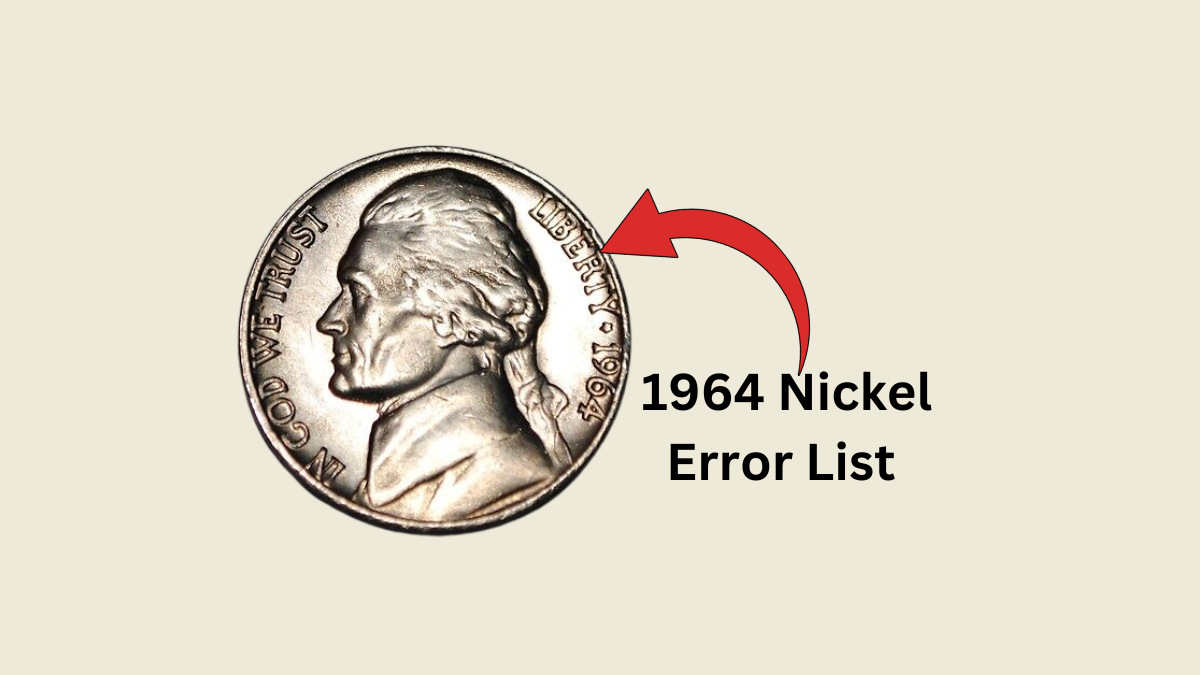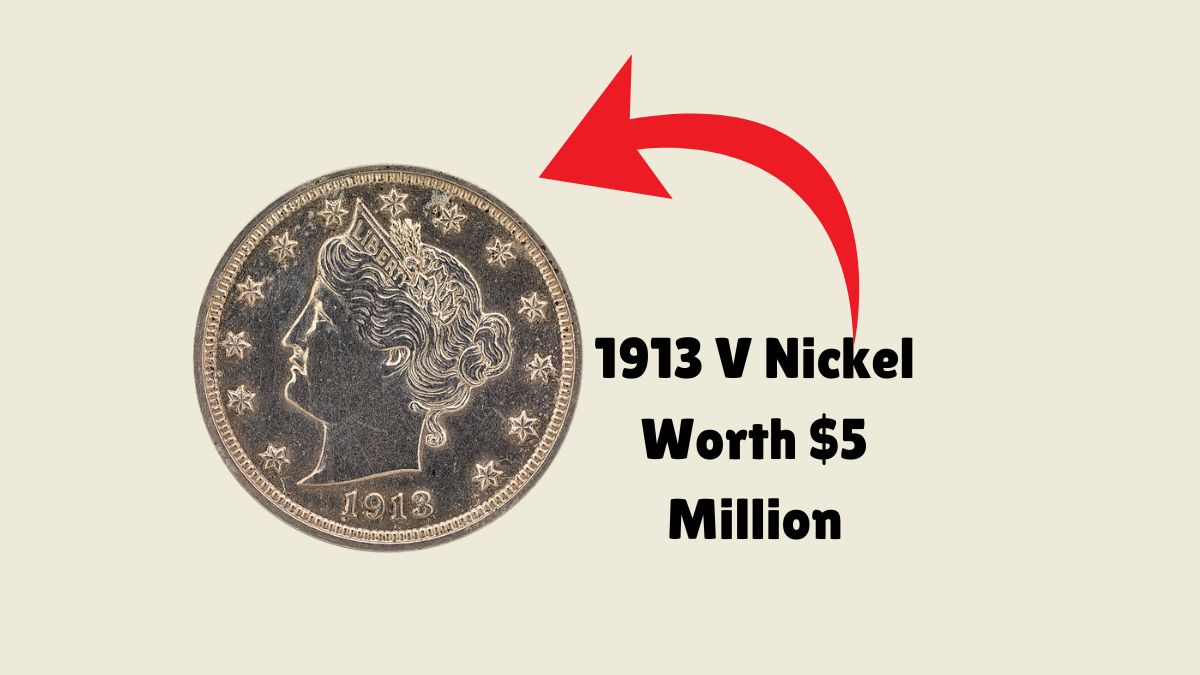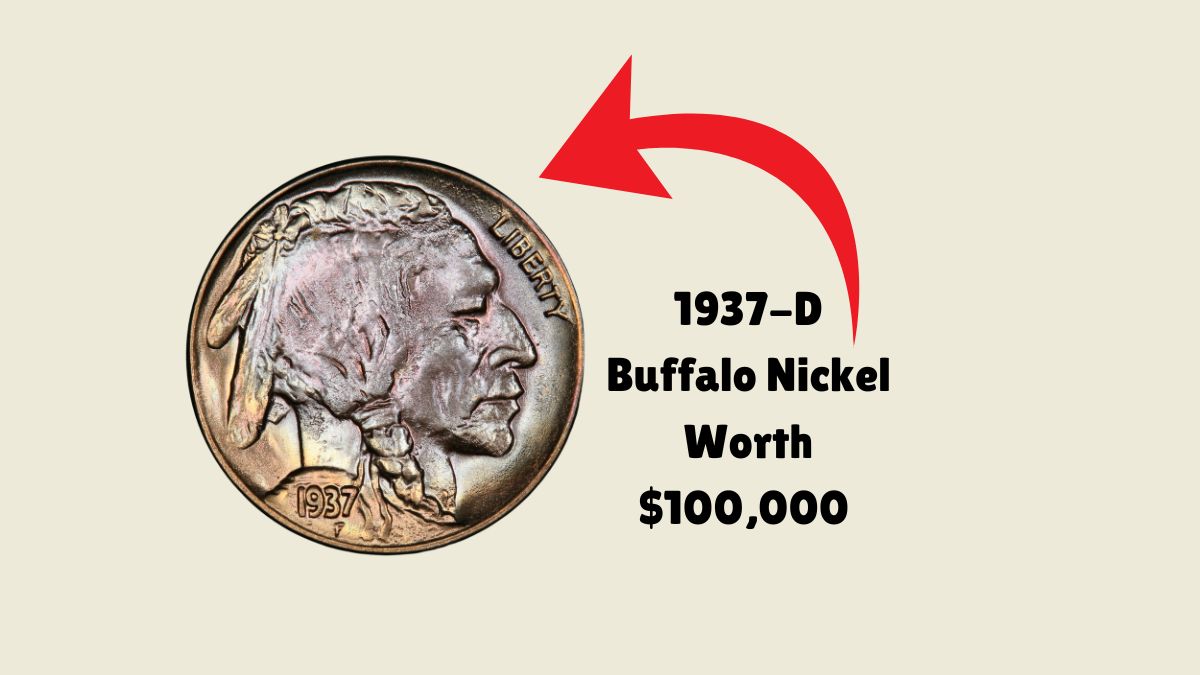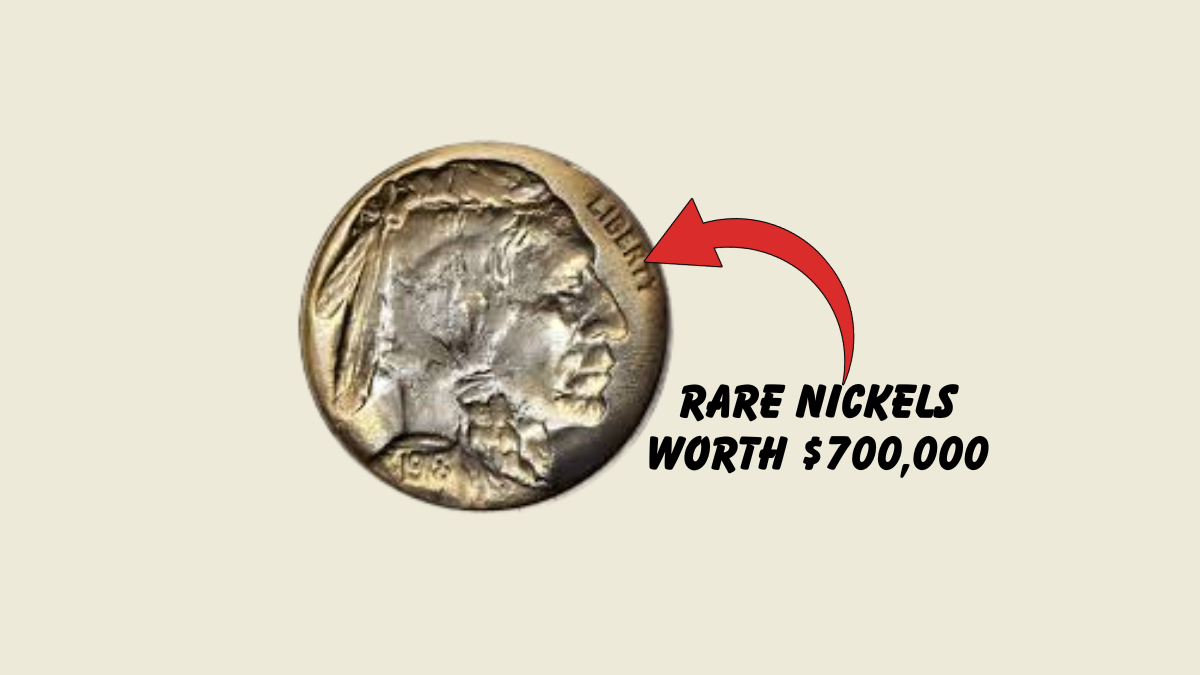The 1964 Jefferson Nickel is a standard coin in circulation, but certain minting errors can significantly increase its value, sometimes exceeding $10. Collectors and enthusiasts should know these anomalies to identify potentially valuable pieces.
Key 1964 Nickel Errors Worth More Than $10
1. Doubled Die Obverse (DDO)
- Description: This error occurs when the coin’s design is doubled during the minting process, leading to noticeable duplication on the obverse side, particularly in inscriptions like “Liberty” and the date.
- Value: Depending on the clarity and prominence of the doubling, these nickels can command prices well over $10.
2. Full Steps (FS) Designation
- Description: A Full Steps nickel exhibits complete and uninterrupted steps on Monticello’s depiction on the reverse side. This level of detail indicates a well-struck coin, which is relatively rare for 1964 nickels.
- Value: Based on condition and grading, nickels with the Full Steps designation can range from $20 to several thousand dollars.
3. Repunched Mint Mark (RPM)
- Description: This error involves the mint mark being stamped more than once, resulting in a visible overlapping or shadow effect. It’s commonly observed on Denver-minted (D) 1964 nickels.
- Value: RPM nickels can fetch anywhere from $50 to over $6,000, with higher-grade specimens achieving the upper end of this range.
4. Off-Center Strike
- Description: An off-center strike happens when the coin is not properly aligned during minting, causing the design to be imprinted off-center. The degree of the offset can vary.
- Value: Coins with a significant off-center strike can be valued from $20 to over $100, depending on the extent of the error and overall condition.
5. Clipped Planchet
- Description: This error occurs when a portion of the coin’s blank (planchet) is missing before the design is struck, resulting in a coin with a ‘clipped’ appearance.
- Value: Clipped planchet errors can increase a 1964 nickel’s value to over $10, with more dramatic clips fetching higher prices.
Identifying Valuable 1964 Nickels
To determine if a 1964 nickel possesses any of these valuable errors:
- Examine the Obverse: Look closely at the inscriptions and date for any signs of doubling, indicating a Doubled Die Obverse.
- Inspect the Reverse: Check the steps of Monticello with magnification to see if all steps are fully defined, qualifying it for the Full Steps designation.
- Check the Mint Mark: For Denver-minted coins, scrutinize the “D” mint mark for signs of repunching or overlapping impressions.
- Assess the Coin’s Alignment: Observe if the coin’s design is centered correctly. An off-center strike will be immediately noticeable.
- Look for Physical Anomalies: Identify any missing portions or irregular edges that could indicate a clipped planchet error.
Notable Auction Records for 1964 Jefferson Nickels
Here are some notable auction records for 1964 Jefferson Nickels with errors:
| Coin Type/Grade | Error Type | Sale Price | Auction Date |
|---|---|---|---|
| 1964-D MS67 FS | Full Steps | $14,100 | 2017 |
| 1964 SMS SP68 | Special Strike | $32,900 | 2016 |
| 1964-D MS66 FS | Full Steps | $6,325 | 2009 |
| 1964 (P) MS67 FS | Full Steps | $9,700 | 2022 (eBay) |
Conclusion
While the 1964 Jefferson Nickel is commonplace, certain errors can substantially increase its value. By familiarizing yourself with these errors and carefully examining your coins, you might discover a hidden gem worth far more than its face value.
FAQs
What makes a 1964 nickel valuable?
A 1964 nickel becomes valuable due to minting errors such as Doubled Die Obverse, Full Steps designation, repunched mint marks, off-center strikes, or clipped planchets.
How can I identify a Doubled Die Obverse on my 1964 nickel?
Look for noticeable doubling in the inscriptions like “Liberty” and the date on the coin’s obverse side.
What is the significance of the Full Steps designation?
Full Steps indicate that the steps on Monticello are fully defined without any interruptions, signifying a well-struck coin that is rarer and more valuable.
Are all 1964 nickels with errors worth more than $10?
Not necessarily. The value depends on the type of error, its prominence, the coin’s condition, and demand among collectors.





One thought on “1964 Nickel Error List – Rare Coins Worth Over $10 You Need To Know”
Interesting, I have several 64 nickels ,would like someone to take a look at